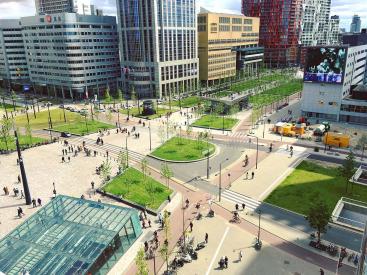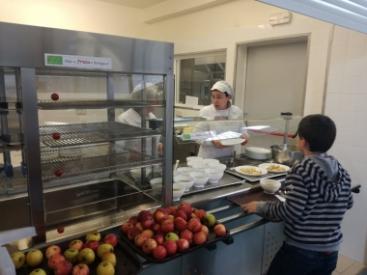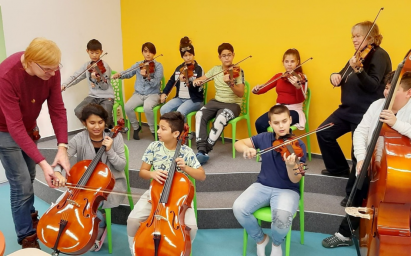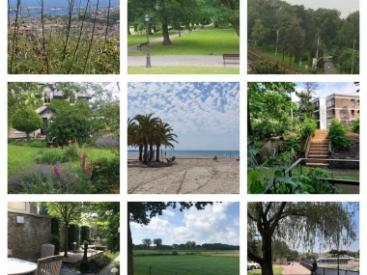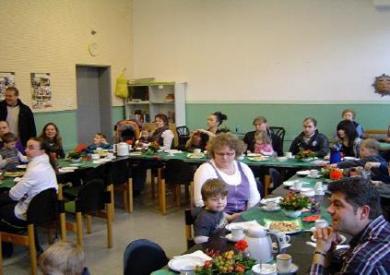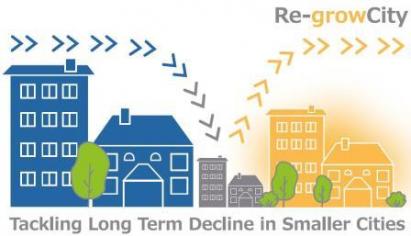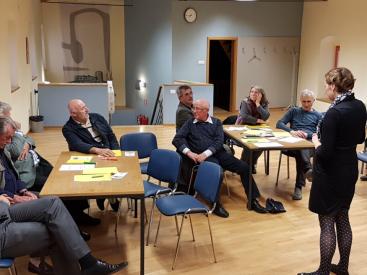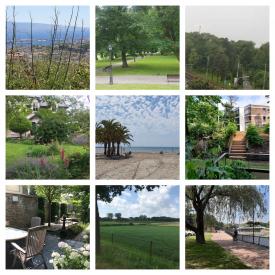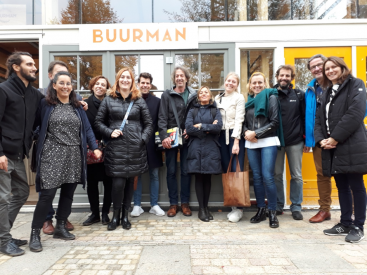Good practice definition for the NGO Platform
NGO Platform in a nutshell
NGO platforms connects citizens who need help or who care about a particular issue with local groups which are active in this field. NGO platforms support local groups with advice, information and support to co-ordinate their work. Those involved in co-ordinating NGO activity in a town often fulfil important bridging functions between civil society and public agencies.
[[{"fid":"29855","view_mode":"default","fields":{"format":"default","field_file_image_alt_text[und][0][value]":false,"field_file_image_title_text[und][0][value]":false,"field_author[und][0][value]":""},"link_text":null,"type":"media","field_deltas":{"2":{"format":"default","field_file_image_alt_text[und][0][value]":false,"field_file_image_title_text[und][0][value]":false,"field_author[und][0][value]":""}},"attributes":{"height":232,"width":448,"class":"media-element file-default","data-delta":"2"}}]]

